A Blue Bridge Of Stars Between Cluster Galaxies Designated SDSS J1531+3414
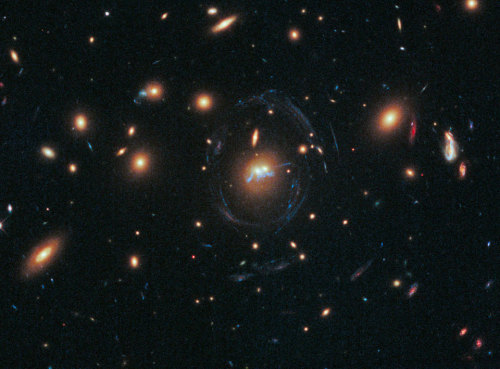
A Blue Bridge of Stars between Cluster Galaxies designated SDSS J1531+3414
More Posts from Intergalacticnerd and Others

This new NASA/ESA Hubble Space Telescope image shows three of Jupiter’s largest moons parade (seems the perfect word for it) across the giant gas planet. This happens only once or twice every 10 years.
Here’s a more clear view to it:

Cassini Top 10 Images and Science Results of 2015
As our Cassini spacecraft enters its final 20 months before its plunge into Saturn, the mission’s science team has selected their top 10 images from 2015 (above), a year of historic discoveries, as well as the top science results (below). Take a look:
1. First Deep Seafloor Hydrothermal Vents Found Beyond Earth

Cassini found the first evidence of active hot-water chemistry beyond planet Earth. An extensive, four-year analysis of data from the spacecraft, computer simulations and laboratory experiments led researchers to the conclusion the tiny silica (SiCO2) grains most likely form when hot water containing dissolved minerals from the moon’s rocky interior travels upward, coming into contact with cooler water.
2. Global Ocean Beneath Enceladus’ Surface

A global ocean lies beneath the icy crust of Saturn’s geologically active moon Enceladus. Scientists analyzed more than seven years’ worth of images of Enceladus taken by the spacecraft, which has been orbiting Saturn since mid-2004. As a result, they found Enceladus has a tiny, but measurable wobble as it orbits Saturn. This proves that there must be a global layer of liquid separating the surface from the core.
3. Titan Observed Outside of Saturnian Magnetosphere

During Cassini’s flyby of Titan, the giant moon happened to be on the sunward side of Saturn when a powerful outburst of solar activity reached the planet. The strong surge in the solar wind so compressed the sun-facing side of Saturn’s magnetosphere that the bubble’s outer edge was pushed inside the orbit of Titan. This left the moon exposed to, and unprotected from, the raging stream of energetic solar particles. The region of space dominated by Saturn’s magnetic field is called the magnetosphere.
4. Density of a Ring Particles May Indicate Recent Origins

Saturn’s A ring was found to be warmer than expected at the planet’s equinox, and also had an unusually large thermal asymmetry about the equinox. This could be due to the A ring being mostly composed of denser particles made primarily of solid ice, with a thin top layer of fluffy regolith.
5. Titan Southern Polar Ice Cloud

Scientists have detected a monstrous new cloud of frozen compounds in Titan’s low- to mid-stratosphere – a stable atmospheric region above the troposphere, or active weather layer.
6. Curtain Vents on Enceladus?

New research using data from Cassini suggests most of the eruptions from Saturn’s moon Enceladus might actually be diffuse curtains rather than discrete jets. Many features that appear to be individuals jets of material erupting along the length of prominent “tiger stripe” fractures in the moon’s south polar region might be phantoms created by an optical illusion, according to the new study.
7. Discovery of Tethys Red Arcs

Like graffiti sprayed by an unknown artist, unexplained arc-shaped, reddish streaks are visible on the surface of Saturn’s icy moon Tethys. The origin of the features and their reddish color is a mystery to scientists.
8. Saturn’s 30-year Giant Storms Powered by Water Convection

Changes in temperature and the composition of the hydrogen-laden air within the remnants of a giant storm system on Saturn reveal that air was lofted more than 120 miles in altitude from the deeper water condensation levels.
9. Seasonal Change Seen at Saturn’s Poles

Saturn’s polar regions have displayed extreme seasonal changes during Cassini’s decade-long watch, providing the most comprehensive view ever obtained of seasonal change on a giant planet.
10. Huygens Probe Imaging Mosaic of Titan’s Surface and Descent Movie

Ten years ago, an explorer from Earth, the Huygens probe, was released from the Cassini spacecraft and parachuted into the haze of an alien moon toward an uncertain fate. After a gentle descent lasting more than two hours, it landed with a thud on a frigid floodplain on Titan, surrounded by icy cobblestones.
Make sure to follow us on Tumblr for your regular dose of space: http://nasa.tumblr.com
Are u really in space
Yes. Really. And now I am in space over New Orleans…and now I’m over Mobile, Alabama.

NASA just released the most detailed photo of space ever taken
The picture of the Andromeda galaxy, the nearest spiral galaxy to our own, is comprised of a mind-boggling 1.5 billion pixels and was snapped from 2.5 million light years away by the powerful Hubble Space Telescope.
See it in all its glory

Orion and the Horse-head in Infrared
This wide image of the Orion Molecular Cloud Complex features the Flame nebula (NGC 2024) and the Horsehead nebula (NGC 2023). In this infrared image, the Horsehead can be seen on the bottom right as a small wisp of gas protruding from the complex. The colors in this image do not represent visible light because it was imaged with the Spritzer Space Telescope - which can only see infrared light. As a result, scientist must map temperatures to colors. Cooler objects, such as the dust of the nebulae, appear green and red and hotter objects appear more blue. Astronomers are essentially “shifting” the infrared light into the visible spectrum.
Credit: NASA/JPL/Cal Tech
5 Signs You Might Be Ready to Apply to be an Astronaut
Did you hear? Astronaut applications are open! Here are a few signs that might mean you’re ready to apply:
1. You Don’t Mind Having Roommates

When you’re an astronaut, you have to work and live with your crew mates for extended periods of time. It’s important to the mission and your safety that everyone can collaborate and work together.
2. You LOVE Space

If the Milky Way, planets and space travel doesn’t excite you then this might not be the perfect job for you. But if you love galaxies, space station research and deep space exploration, then maybe you should take a look at our application.
3. Adventure Doesn’t Scare You

Being an astronaut means that you get to take part in adventures that most people will never experience. Imagine: sitting on the launch pad in the Orion spacecraft, atop a rocket that’s getting ready to launch. You’ll travel farther into space than any other humans have been and help push the boundaries of technology in the proving ground of deep space lunar orbits, leading the way for future missions to Mars.
4. You Want to be on the Cutting Edge of Science

Not only do astronauts get to travel to space, but they also get to conduct really cool research in microgravity. Did you know that right now they’re growing Zinnia flowers on the International Space Station? This research could help with our future deep space exploration and could teach us a few things about growing plants on Earth. Learn more about all the awesome research on the space station HERE.
5. You’re Not Afraid of Heights

One of the coolest things about being an astronaut, is that you get to go to SPACE! At the very least, you’ll travel to the International Space Station, which is 250 miles above Earth. Or, you could be one of the first astronauts to travel to a distant asteroid or even Mars!
Interested in applying to become an astronaut? You’re in luck, applications open Dec. 14! Learn about some common myths about becoming an astronaut HERE.
Apply to be one of our astronauts HERE.
Make sure to follow us on Tumblr for your regular dose of space: http://nasa.tumblr.com
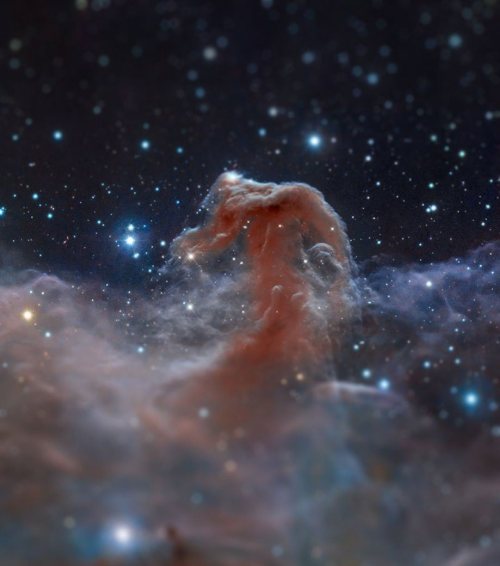
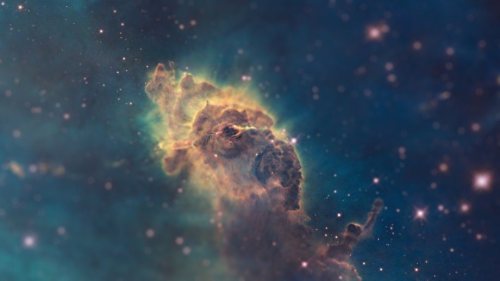
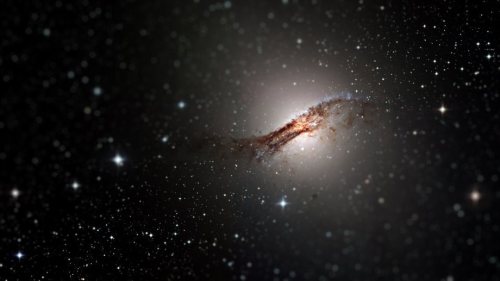
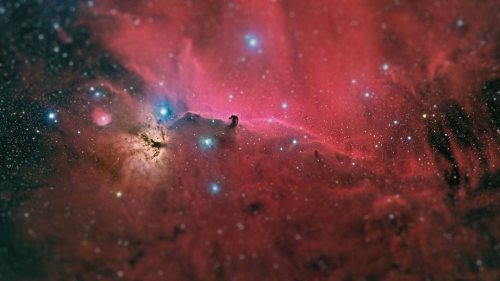
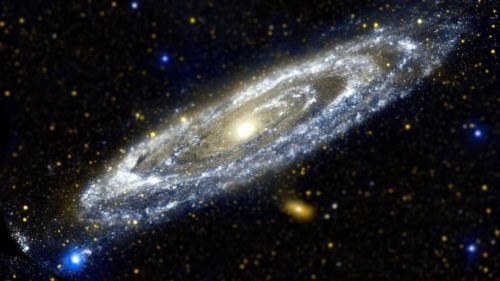
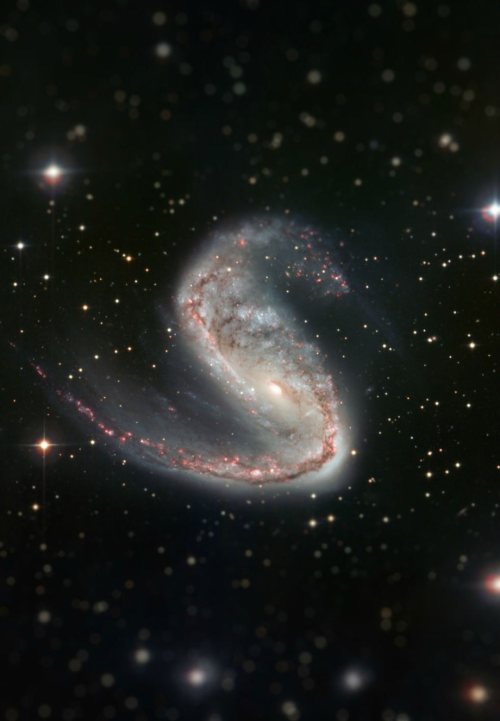
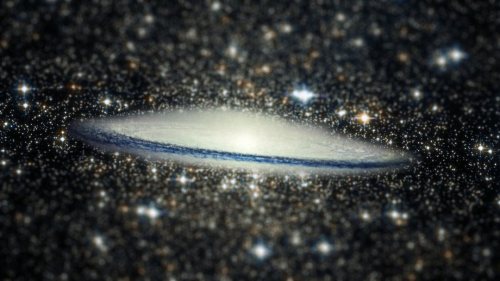
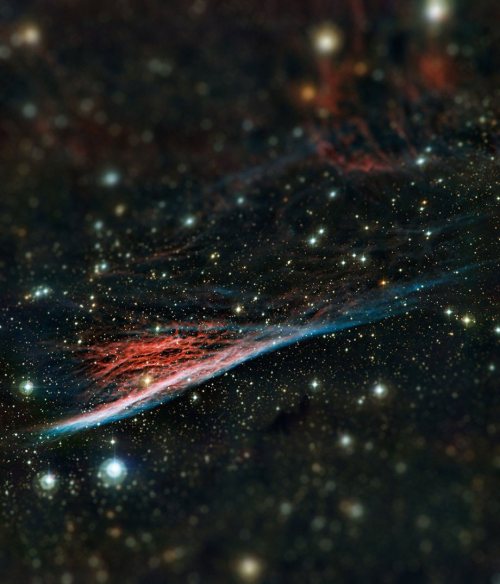
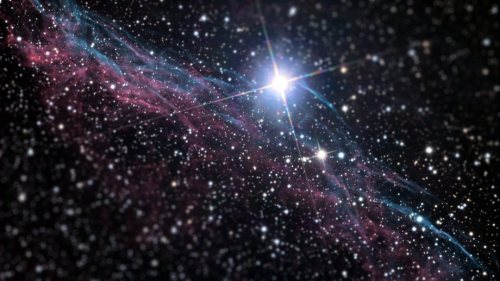
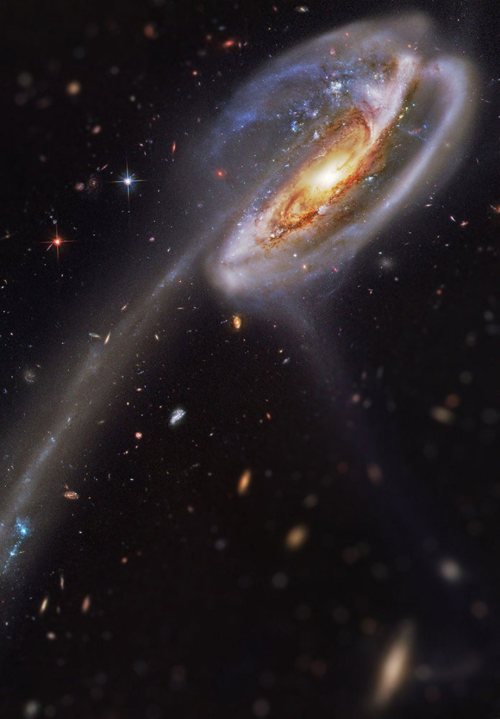
Tilt Shift filters applied to Hubble Space Telescope photos.
Tilt Shift filters make the foreground and background of images more blurred, changing the depth of field of these images.
(x)
[Click for more interesting science facts and gifs]
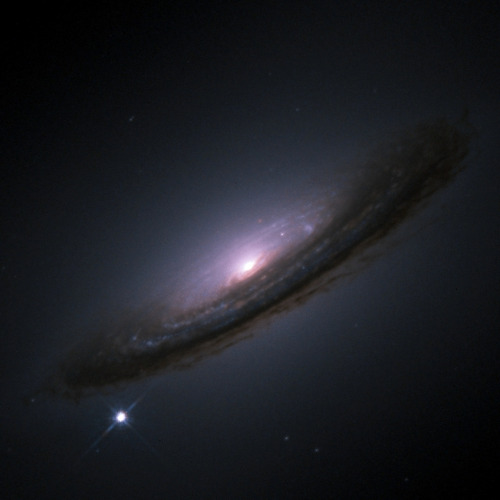
The bright spot in the lower left is SN 1994D, a star in the midst of a supernova, in the galaxy NGC 4526. During this final performance, the star will briefly outshine its parent galaxy. No supernovae have been observed in our galaxy in over four hundred years.
js
Dust, stars, and cosmic rays swirling around Comet 67P/Churyumov–Gerasimenko, captured by the Rosetta probe. (Source)
-
 fanoftoday liked this · 6 years ago
fanoftoday liked this · 6 years ago -
 aniolkukj reblogged this · 6 years ago
aniolkukj reblogged this · 6 years ago -
 akasha6669leretour liked this · 8 years ago
akasha6669leretour liked this · 8 years ago -
 nickiheadon reblogged this · 8 years ago
nickiheadon reblogged this · 8 years ago -
 illvstrious reblogged this · 8 years ago
illvstrious reblogged this · 8 years ago -
 ineedspacex-blog reblogged this · 8 years ago
ineedspacex-blog reblogged this · 8 years ago -
 saveyourgeneration reblogged this · 8 years ago
saveyourgeneration reblogged this · 8 years ago -
 alicenorah reblogged this · 8 years ago
alicenorah reblogged this · 8 years ago -
 dislocatedrooms reblogged this · 8 years ago
dislocatedrooms reblogged this · 8 years ago -
 a-tes-riches reblogged this · 9 years ago
a-tes-riches reblogged this · 9 years ago -
 punkmuse reblogged this · 9 years ago
punkmuse reblogged this · 9 years ago -
 souhl-like reblogged this · 9 years ago
souhl-like reblogged this · 9 years ago -
 regnskyll reblogged this · 9 years ago
regnskyll reblogged this · 9 years ago -
 raskolnik-off-blog reblogged this · 9 years ago
raskolnik-off-blog reblogged this · 9 years ago -
 raskolnik-off-blog liked this · 9 years ago
raskolnik-off-blog liked this · 9 years ago -
 queen-alice2 liked this · 9 years ago
queen-alice2 liked this · 9 years ago -
 allforshitsandgigs reblogged this · 9 years ago
allforshitsandgigs reblogged this · 9 years ago -
 blaubamse liked this · 9 years ago
blaubamse liked this · 9 years ago -
 away-from-this-system reblogged this · 9 years ago
away-from-this-system reblogged this · 9 years ago -
 regnskyll liked this · 9 years ago
regnskyll liked this · 9 years ago -
 supernvoa liked this · 9 years ago
supernvoa liked this · 9 years ago -
 drapered-blog reblogged this · 9 years ago
drapered-blog reblogged this · 9 years ago -
 cuckoosnest-blog reblogged this · 9 years ago
cuckoosnest-blog reblogged this · 9 years ago -
 lilmushroom reblogged this · 9 years ago
lilmushroom reblogged this · 9 years ago -
 brownerz95 reblogged this · 9 years ago
brownerz95 reblogged this · 9 years ago -
 abaffledkyogre liked this · 9 years ago
abaffledkyogre liked this · 9 years ago -
 alisonlovesnarwhals liked this · 9 years ago
alisonlovesnarwhals liked this · 9 years ago -
 bulletpr00fyears2398 liked this · 9 years ago
bulletpr00fyears2398 liked this · 9 years ago -
 kneebones reblogged this · 9 years ago
kneebones reblogged this · 9 years ago -
 akirishimas reblogged this · 9 years ago
akirishimas reblogged this · 9 years ago -
 eluspacer reblogged this · 9 years ago
eluspacer reblogged this · 9 years ago -
 c-griff reblogged this · 9 years ago
c-griff reblogged this · 9 years ago -
 letargia liked this · 9 years ago
letargia liked this · 9 years ago -
 h0ney-gloww reblogged this · 9 years ago
h0ney-gloww reblogged this · 9 years ago -
 bloodflowersx reblogged this · 9 years ago
bloodflowersx reblogged this · 9 years ago -
 bloodflowersx liked this · 9 years ago
bloodflowersx liked this · 9 years ago -
 mjfloress reblogged this · 9 years ago
mjfloress reblogged this · 9 years ago -
 unpopularspice reblogged this · 9 years ago
unpopularspice reblogged this · 9 years ago -
 discohippo reblogged this · 9 years ago
discohippo reblogged this · 9 years ago
"Astronomy compels the soul to look upwards and leads us from this world to another." - Plato
147 posts
